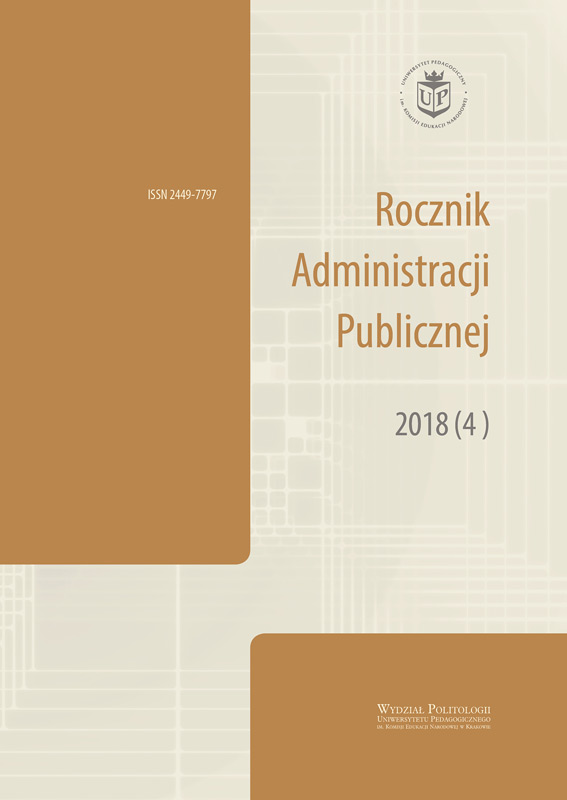Methods of Harmonisation in EU Climate and Energy Directives and their Impact on the Content and Interpretation of National Law
Methods of Harmonisation in EU Climate and Energy Directives and their Impact on the Content and Interpretation of National Law
Author(s): Ilona PrzybojewskaSubject(s): Law, Constitution, Jurisprudence
Published by: Wydawnictwo Uniwersytetu Jagiellońskiego
Keywords: harmonisation; energy policy; climate policy; emissions trading; renewable energy sources
Summary/Abstract: The present article describes different methods of harmonisation applied in directives falling into the domain of the energy and climate policy of the European Union. The differences in that regard are not without significance with regard to the content and interpretation of domestic law; to the contrary, such issues deeply influence not only the aforementioned but also the sheer effectiveness of legal acts. The article starts with a short description of the nature and basic types of harmonisation that are generally employed by EU directives. After analysis of the features of harmonisation in general terms as well as of various types of harmonisation, the focus shifts to the more specific issue of harmonisation used within the scope of the EU’s environmental policy. Next, a case study is presented using the emissions trading directive and the carbon capture and storage directive in order to draw conclusions with regard to the consequences of the choice of a given type of harmonisation.
Journal: Rocznik Administracji Publicznej
- Issue Year: 2018
- Issue No: 4
- Page Range: 117-133
- Page Count: 17
- Language: English

